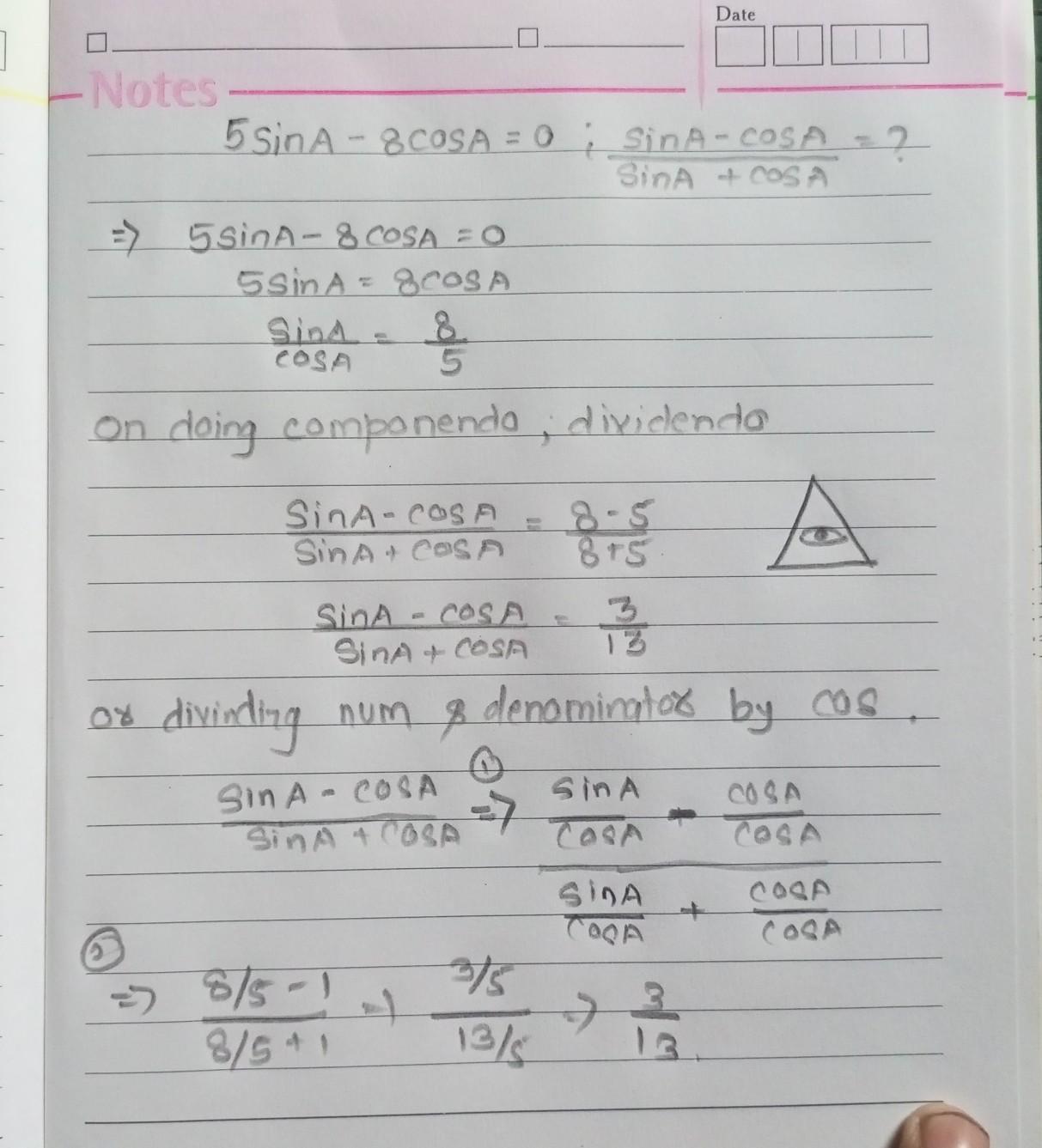Answer:
ing the Machiavel; it enables the character to remain in everyone’s favour with no one’s best interests at heart, manipulate and pull the strings as and when required. That is what makes characters like Iago from Shakespeare’s Othello such archetypal Machiavels.
The Duchess of Malfi, however, is a play that offers Machiavellian manipulation at two levels. At the opening of the play, the audience is made to believe that the stage Machiavel is the malcontent Bosola, and this illusion continues as we witness Bosola strike at everyone from the shadows. However, as the plot progresses, it is Ferdinand, the Duke of Calabria who appears to be the Machiavel, the manipulative mastermind who pays Bosola to dirty his hands so Ferdinand could keep his own clean and steer clear of the responsibility of Bosola’s commissioned actions. Gradually, the audience is completely convinced that Ferdinand is the puppeteer, the authority to whose tune everyone else dances. He is shown to bribe Bosola to keep an eye on the Duchess; he is the one who commissions all the espionage that is carried out, and the one who warns the widowed Duchess directly to not think about taking another husband. It is however, his reaction to the Duchess’ defiance, his extraordinarily loud and emotionally charged outbursts which start to present cracks in the illusion of Ferdinand being the Machiavellian figure of John Webster’s play.
The stage Machiavel is a theatrical rendition of Niccolo Machiavelli’s highly misunderstood philosophies culminated in Il Principe (The Prince). Machiavelli lays down what he feels are good governing principles for a prince, or any person in power. However, while Machiavelli emphasizes the distinction between politics and ethics, these principles have over time come to be misunderstood as methodical manipulation and conspiracy. The renaissance stage dramatized this character, which evolved to what we today recognize as the stage Machiavel. One of machiavelli’s postulates articulates that the prince is supposed to maintain his composure in front of his subjects at all times, so as to prevent anyone from being made privy to his emotions. This is the point that highlights the discrepancy between the temperament of Machiavelli’s prince and Ferdinand.
When Ferdinand learns of his sister’s secret marriage, he is incensed to the brink of insanity. This throws his brother, the Cardinal’s cold and composed rage into sharp contrast, and with subsequent revelations we realize that the Cardinal is the actual Machiavel. He displays all the behavioral traits of the Machiavellian prince, and the intricacies of his twisted genius become more evident because he leads everyone to hold Ferdinand responsible, including Ferdinand himself, and keeps his own deeds in the dark, the hallmark of a true Machiavel. His corruption is less evident because Ferdinand’s whimsical, choleric anger eclipses the Cardinal’s insidious villainy. On deeper reading, the Cardinal comes across as a terrifying character because he pulls all the right strings, controls everyone and everything while successfully concealing his intentions.
The Duchess of Malfi is a play laced with deceit, betrayal and crimes of passion. The stage Machiavel adds to the layers of masks that the characters put on, and the Cardinal is one who truly lives up to the Renaissance expectations of the twisted, perverse manipulator who can breach any boundaries to attain an end, and all means are deemed justifiable if the end can be attained.


